

Navigation: Home > Partners

Partner 1 |



|
CRHEA is a CNRS laboratory in Sophia-Antipolis devoted to the epitaxy of wide-bandgap semiconductors (GaN, ZnO and SiC) by MBE (7 reactors including 2 for ZnO), metalorganic vapour phase epitaxy (4 reactors) and chemical vapor deposition (3 reactors). It should be noted that CRHEA pioneered and contributed in many of the developments of GaN and ZnO technology. Regarding ZnO, the first ZnO epilayers grown by MBE in Europe were grown at CRHEA in 2001. Many facets of ZnO and its related alloys have been explored, including hetero and homo-epitaxy in various crystal orientations, quantum wells and diluted magnetic semiconductors, just to cite those useful for the project. The growth activity is supported by optical characterizations (CW photoluminescence, reflectivity and magneto-optics) as well as electrical and structural characterization including TEM and HRXRD. Finally, CRHEA hosts its own clean-room facility (CRHEATEC) where several kinds of optoelectronic devices, ranging from photodetectors, to LEDs and laser diodes, are fabricated and subsequently tested. The work in SPINOXIDE will involve growth of ZNO QWs heterostructures in various orientations, structural (XRD, TEM) and CW magneto-optical characterization as well as fabrication of hybrid ferrimagnetic oxide/ZnO demonstrators.
Partner 2 |
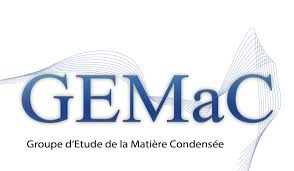
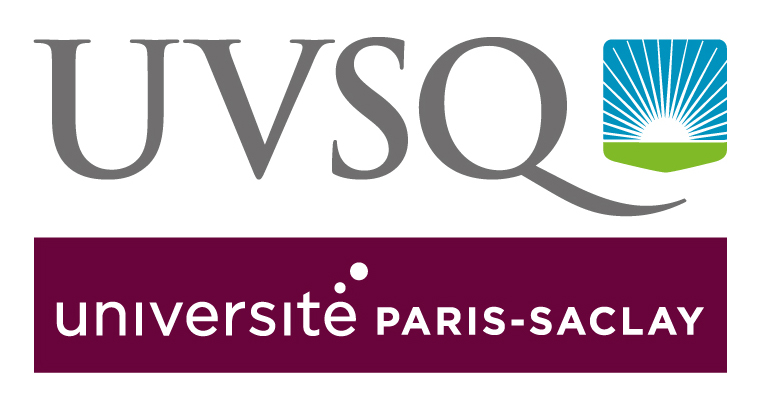

|
GEMaC, located in Versailles, is a joint unit between Versailles Saint-Quentin University (UVSQ) and CNRS, and is part of the Institute of Physics (CNRS) and of the University Paris-Saclay. Research at GEMaC is concerned with condensed matter physics, with in perspective applications for information storage and processing, and energy saving. Various thematics are studied in GEMaC, among them semiconductor nanostructures based on zinc oxide and multifunctional magnetic oxides. In Spinoxide, two teams will be involved with the aim of fabricated well-arranged arrays of ZnO nanowires (NSP) and high TC ferrimagnetic oxides (FOX) presenting high quality interfaces on ZnO-based nanostructures.
Partner 3 |


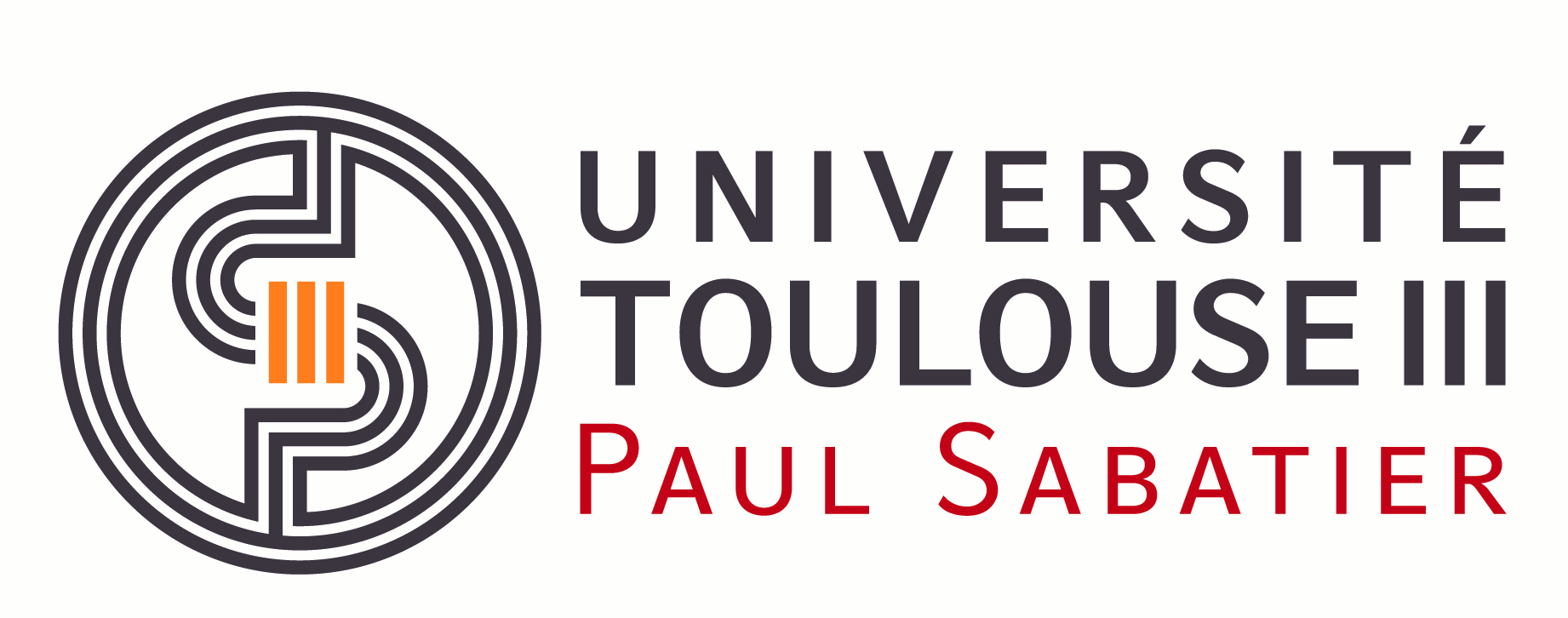

|
LPCNO, is a joint unit located at Institut National des Sciences Appliquées (INSA) in Toulouse. Research at LPCNO aims to study individual and self-assembled nano-objects with optimized structural quality. The systems studied include semiconductor quantum dots, magnetic nano-particles, nano-tubes, biomolecules and DNA strands. In Spinoxide, the team in LPCNO will be involved with the spin synamic at the pico-second scale by TRPL, modelling of spin lifetimes, injection and detection as well as test of demonstrators.
Partner 4 |

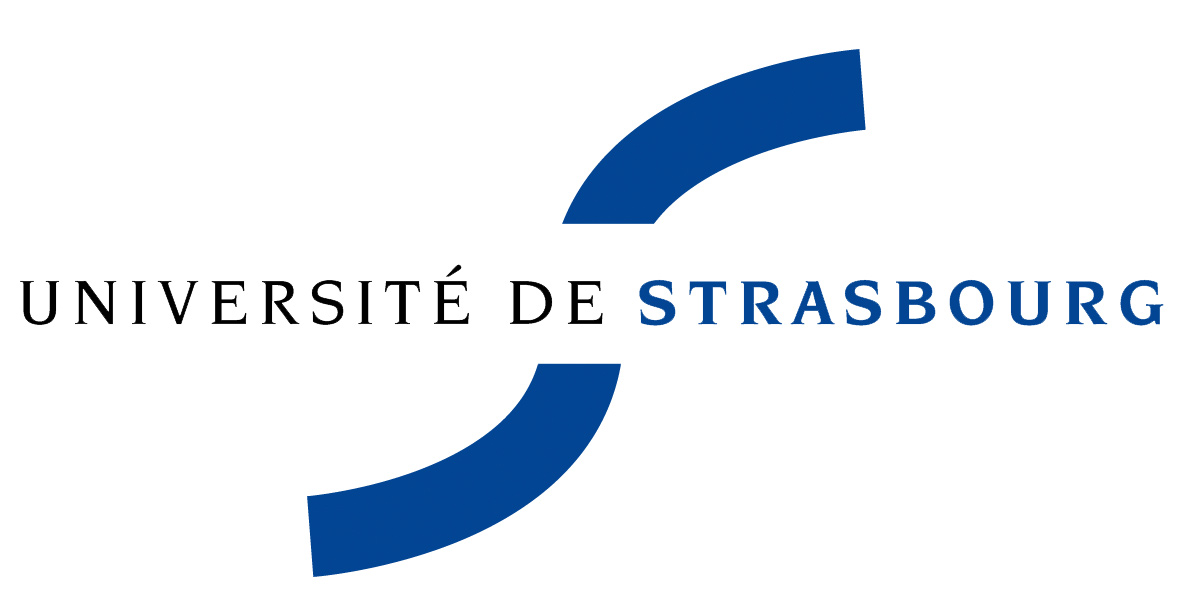

|
IPCMS, a joint unit between University of Strasbourg and CNRS is a multidisplinary institute with strong focus on nanomaterials ans nanoscience. The NANOFEMTO research team involved in SPINOXIDE and will use femtosecond pump-probe spectroscopy to determine the spin evolution in ZnO-based nanostructures and structures combining ZnO with ferrimagnetic oxides.
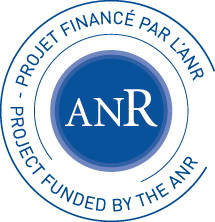
|
 Last update 24/12/2019 - Copyright ©1996-2018 - CRHEA all rights reserved
- If you have any question about this site, contact the
webmaster- Legal
notice
Last update 24/12/2019 - Copyright ©1996-2018 - CRHEA all rights reserved
- If you have any question about this site, contact the
webmaster- Legal
notice